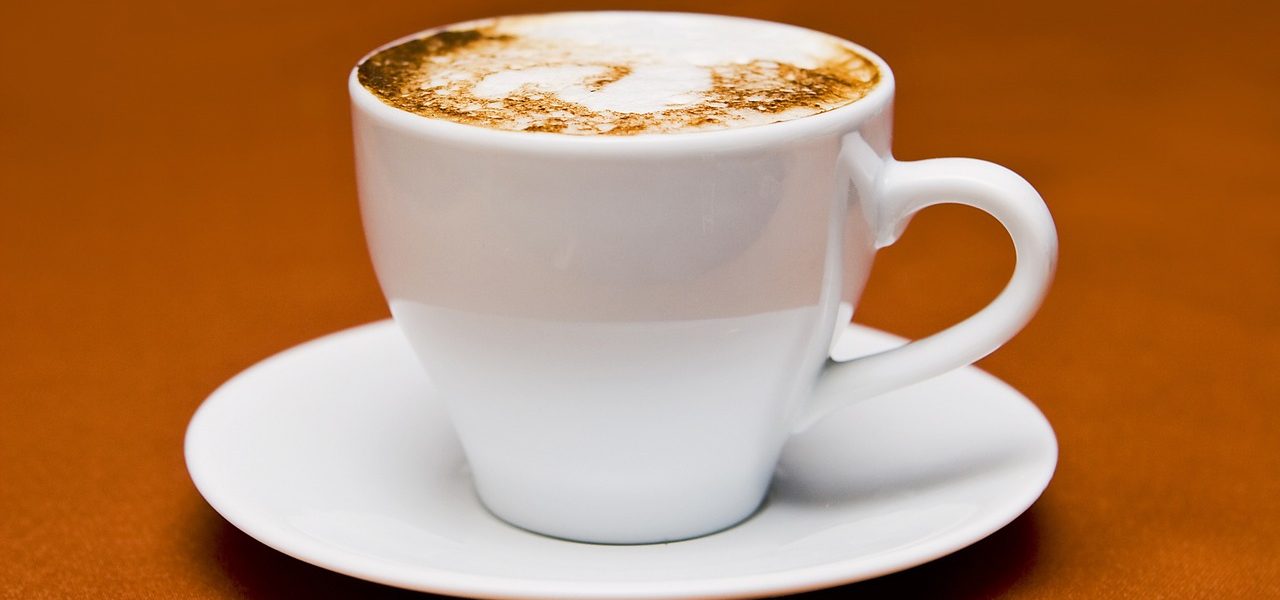 Creativity can be fickle. It can come and go. It’s like a muscle in that it has to be used and stressed. So with stress and work and adaptation, creativity can ebb and flow in a healthy way.
Creativity can be fickle. It can come and go. It’s like a muscle in that it has to be used and stressed. So with stress and work and adaptation, creativity can ebb and flow in a healthy way.
But creativity ruts happen and getting out can seem difficult and frustrating. I’ve lived this more that I have wanted to in the past few years and I’ve started working with a coach again to help me.
The problem with ruts
Getting out of rut is difficult because the body prefers them. It prefers stability. Anders Ericsson in his book Peak: Secrets from the New Science of Expertise talks about homeostasis. He says,
The human body has a preference for stability. It maintains a steady internal temperature. It keeps a stable blood pressure and heart rate. It keeps the blood glucose levels and pH balance steady. It maintains a reasonably constant weight from day to day. None of these things are completely static…but these changes are usually temporary, and the body eventually gets back to where it was. The technical term for this is “homeostasis,” which simply refers to the tendency of a system – any sort of system, but most often a living creature or some part of a living creature – to act in a way that maintains its own stability.
So how do we get out of homeostasis? Ericsson says:
This is the general pattern for how physical activity creates changes in the body: what a body system is stressed to the point that homeostasis can no longer be maintained, the body responds with changes that are intended to reestablish homeostasis.
So we have to add stress to our bodies and our minds to so that homeostasis cannot be maintained. Change will then happen. Be aware, however, that the body will find a new plateau and to continue to adapt and change, we have to continue to apply healthy stress to the body.
So how do we get out of a creativity rut and work to innovate and create and dream again? One way is to move beyond our functional fixedness.
Functional Fixedness
Fixedness is the inability to realize that something known to have a particular use may also be used to perform other functions. When one is faced with a new problem, fixedness blocks one’s ability to use old tools in novel ways.
For instance, when someone sees a ceramic cup, they will typically think of it as what it is – something to drink from. That’s it’s fixed function. But what if we were told to come up with 5 other things it could be used for? That exercise would help us move away from functional fixedness.
So try this exercise. Take 2 minutes and come up with as many other uses for a ceramic cup. Here’s my attempt:
- Something to cut with (break it and use a piece to cut paper, etc)
- A planter
- A circle-drawing guide
- A pen holder and paperweight
- A cup for a shell game
- An instrument (tap it with a pen)
Consider this book to help: Let Me Out: Unlock Your Creative Mind and Bring Your Ideas to Life




